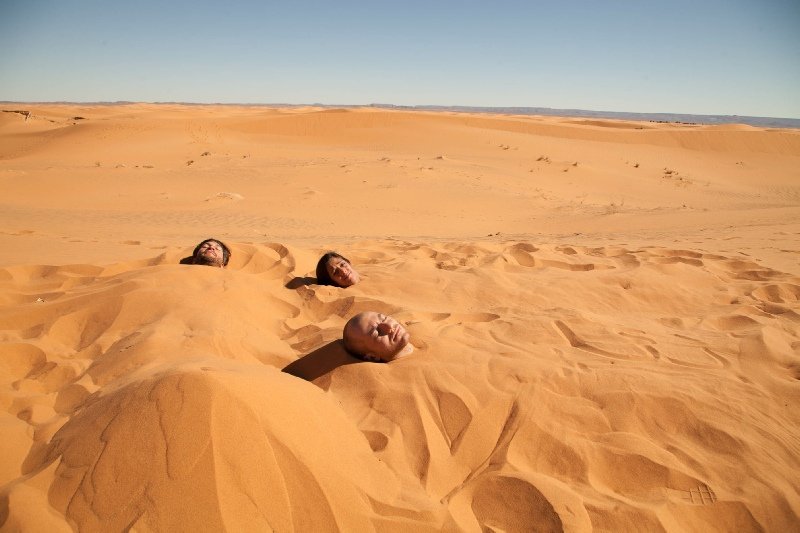Tired of summer mountain life and its somewhat senile spring resorts? Good for the skin, excellent for blood circulation, terribly exotic, and what’s more, completely natural, the sand bath is revolutionizing spa travel!

A sand bath- what a funny idea
Still little-known in France, sand baths have been practiced for a very long time in Italy, Japan, Algeria, and, especially, Morocco! Heated by the sun, the sand helps cure many illnesses. Osteoarthritis, neuralgia, polyarthritis, lower back pain, rheumatism, and other spinal or muscular pains—none can resist psammatotherapy!
The air circulating between the grains of sand will transfer the heat received by the sun’s rays without causing burns despite the high thermal degree. What’s more, the infrared rays stored in the sand are returned to the person well beyond their skin to detoxify the body and melt fat!
“Sand therapy,” “psammatotherapy,” “therapeutic tourism,” and “health tourism” are some of the new terms now describing the benefits of Saharan sand. In the M’hamid desert, where temperatures frequently reach 50°C, the Berber tribe of Aït Atta has discovered a lucrative source of sand in arid soil!
A new type of tourism
Despite its 20 km long and 5 km wide Erg Chebbi, the highest dunes in Morocco, and its breathtaking sunset, Merzouga has had to face the economic crisis and the new trends of the modern world. The traditional camel rides and the famous bivouacs under Berber tents were no longer enough for increasingly demanding tourists.
“We now offer all types of tourism, especially health tourism,” Abdessalam Sadoq, president of a local tourist office, explained to L’Obs on October 10, 2014. “People come to take sand baths (…) or to taste dishes based on medicinal plants.”
The flagship attraction of Merzouga
An ancestral practice with multiple virtues, psammatotherapy has become Merzouga’s flagship attraction. Until a few years ago, sand baths were known only to residents of the main cities of northern Morocco, where the climate is very humid. The warm sand treated their rheumatism by absorbing excess moisture from their bodies.
Today, the sand baths of Merzouga are known worldwide and attract Westerners during the warm season. “People come from all over for the sand baths, from abroad as well as from Morocco,” Ali, a camel milk seller, told L’Obs. “It allows them to discover other products, from diabetes to anemia to digestive diseases.”
Comfort and well-being
A sand bath costs an average of five to ten euros, but resorts like Auberge Africa already offer “health through sand” days with full board and around €70 per person. The technique is relatively simple. A hole is dug into the slope of the dune, and you simply lie on your back. Your body is completely covered in warm sand, except for your head, for about ten minutes.
Constantly monitored, their heads well protected from the sun’s rays, the “bather” is regularly rehydrated. Upon emerging from the sand bath, their sweat-soaked body is immediately wrapped in a comfortable heated blanket to eliminate all toxins. After a hot shower, a camel fat massage is often offered.
In Morocco, where the tourism industry accounts for 10% of GDP, sand therapy has just been identified as a major area for the development of “wellness tourism,” a sector that generated some $500 billion worldwide in 2013. Like the major Alpine resorts, it is now even possible to ski through the dunes of Merzouga, less than an hour from Oukaïmden and the snow-covered passes of the Haut-Altas!